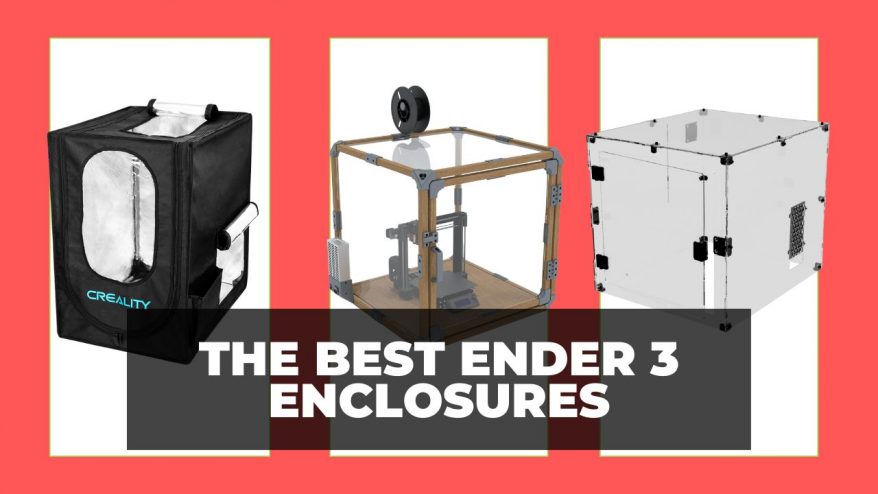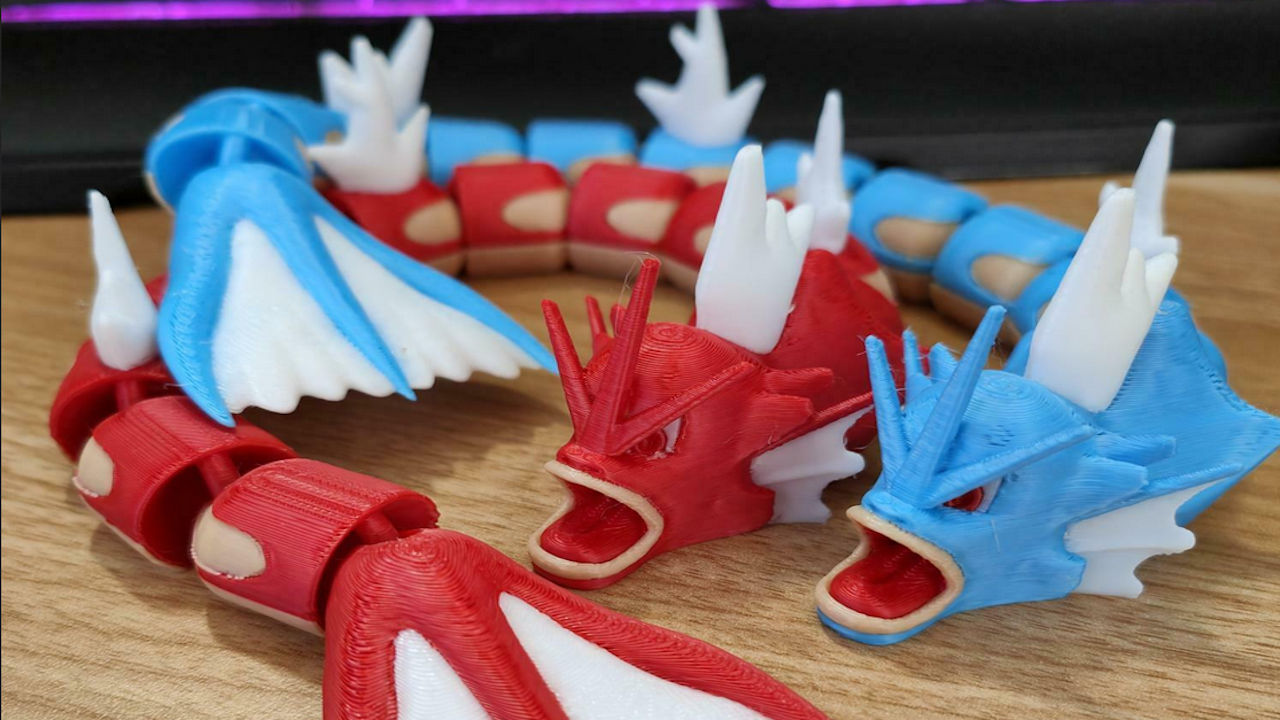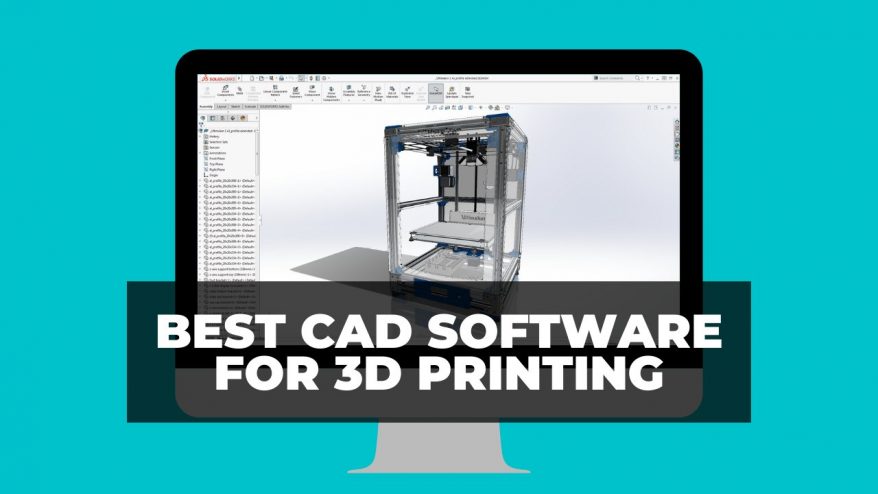
Should You 3D Print Overnight? (Risks vs Benefits)


At 3DSourced we’ve covered everything 3D printing and 3D since 2017. Our team has interviewed the most innovative 3D printing experts, tested and reviewed more than 20 of the most popular 3D printers and 3D scanners to give our honest recommendations, and written more than 500 3D printing guides over the last 5 years.
Is it Safe to 3D Print Overnight?
Printing overnight is not safe, and virtually all manufacturers advise against it. It involves the risk of fire and electrical hazards, fume intoxication, and failed prints from mechanical failure and filament running out. It’s also very noisy.
3D printing is fun, but let’s face it – nobody likes to wait around. Typical 3D prints take a few hours, with some going over the 10-hour mark. It can be tempting to leave a printer running overnight so you can wake up to a beautiful, finished print. But here is the truth.
I’ve personally thought about doing an overnight print, but the risks were just not worth it. In this article, I’ll share my objective view on why it can be tempting to leave your 3D printer running overnight, but why you probably shouldn’t do it.

Leaving 3D Printer On Overnight: Pros and Cons
Pros
Time-saving
Convenient
Cons
Safety risks
Potential printer damage
Poor quality prints
Noise
Risks of 3D Printing Overnight
A lot of people have normalized sleeping through an overnight printing session, but it’s not the safest thing to do. Hear me out.
In most 3D printer user manuals, you’ll see a warning against leaving your 3D printer unattended. This is because 3D printing requires regular monitoring, not just for your own safety, but for the success of your prints.
It’s common to see a print start well, only to come back to a messy affair on your build plate. But printing fails should be the least of your worries if you decide to print overnight.
Fire Hazard

A 3D printing fire hazard is rare, but it can still happen. There have been a few reported cases of 3D printers causing devastating fires, and most of the causes are similar.
Extruders are a common culprit in 3D printing fire hazards because of how hot they get. The hot end temperature can be anywhere from 100-300°C, depending on your filament and printer.
Although extruders are designed not to catch fire, an abnormal situation can happen, causing the component to overheat beyond what it can handle.
Back-to-back long printing sessions that don’t allow the hot end to cool can cause overheating. There have also been cases when an extruder gets stuck in one place during printing, causing the motors to jam and overheat.
An overheating extruder can create a fire hazard if it comes into contact with a flammable material in its vicinity, such as a curtain or paper towel. Some filaments like ABS are also flammable and can create a fire hazard when they heat up uncontrollably. Always keep your 3D printer away from flammable objects.
You may also place a flame-proof box over your printer to prevent a fire from spreading in case it starts. Another effective measure against fire hazards is a smoke detector. Install one over the 3D printer, and make sure it’s turned on while printing.
Even with all these defenses in place, the best way to protect yourself is to actually avoid printing through your night’s sleep.
Electrical Hazard
Electrical hazards are a possible risk during overnight printing because you won’t be able to keep an eye on the state of your printer.
They happen as a result of poor electrical wiring, installation, or old wires where you’re printing. In addition, overheating can cause the wires inside your printer to get so hot that they melt the insulation around them.
All those factors are a recipe for a short circuit, which can destroy your printer or put you at risk of electric shocks and burns.
Toxic Fumes
3D printing should always happen in a well-ventilated room. During printing, filaments melt and release harmful fumes that you may sometimes not even notice.
If your printer is running overnight and you’re sleeping in the same room, you increase your exposure to these toxic fumes.
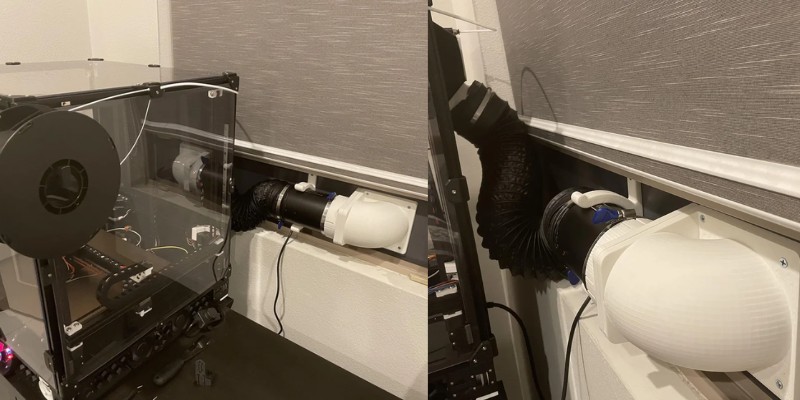
Some filaments like PLA have vapors that are safe to inhale, but it’s something you’re advised not to do in the long term. Others are not that safe because they give off dangerous volatile organic compounds that can have grave consequences on your respiratory health, including cancer.
For example, ABS releases Styrene, a noxious compound known to be carcinogenic. Nylon fumes are also highly toxic, causing headaches, eye irritation, and breathing problems in some individuals.
The best way around this is to make sure that your room is properly ventilated to allow fresh air in and the filament fumes out. You can also buy a 3D printer enclosure to make sure you’re completely safe from the noxious fumes, or just buy an enclosed 3D printer.
While manufactured 3D printer enclosures are highly effective, they can be pricey. If you’re not willing to spend on one, you can always make a DIY 3D printer enclosure at a fraction of the price.
Filament Run-Out
It’s always disappointing to come back to your 3D printer expecting a finished item, only to find it not even halfway. And if you don’t have a filament run-out sensor to detect when you’re out and pause printing, you’ll ruin your print.
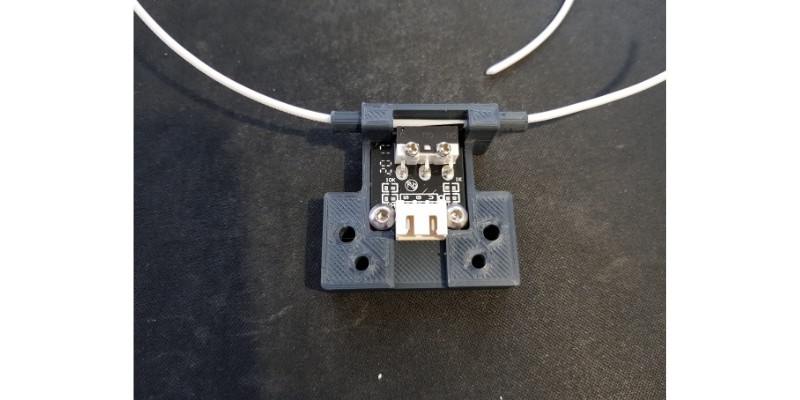
If you’re 3D printing overnight, chances are high that you’re dealing with a sizable print. These normally require a great deal of 3D printing filament. For example, a generic helmet will probably take you about 2.5 kg of filament to complete.
If you start such a project with a 1kg spool of filament, you’ll need to mount a new one at some point, something that’s impossible to do while you sleep.
Let’s say you’ve covered your bases and predicted that the filament will not be enough for the night. It’s pretty hard to know at what particular time of the night your project will need fresh filament. There’s also a chance that you might miss that reminder alarm.
Failed Prints
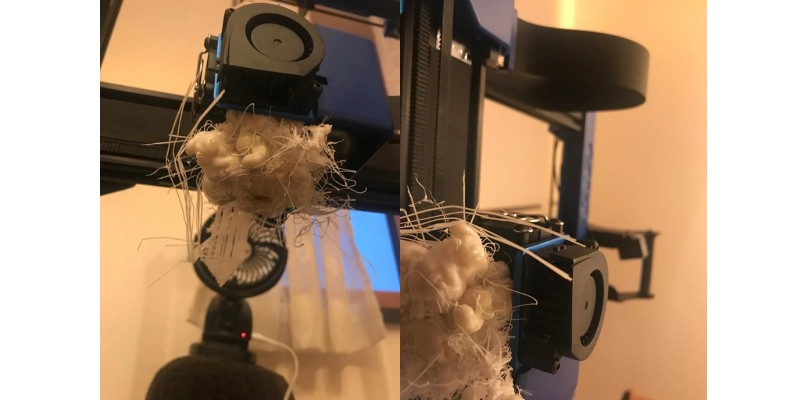
Speaking of unfinished prints, 3D printing overnight can increase the chances of getting a failed print. When you’re printing something for that long, there are no guarantees that your session will go as expected, even with the best 3D printers.
The most common mishaps usually happen due to first-layer issues, so starting a project and not monitoring it for the first hour or two can lead to a disastrous finish. Prints can also topple off the print bed, layers can misalign, and your nozzle can get clogged.
All these will go unnoticed through your sleep, and your print will get botched and your filament and power wasted.
Mechanical Failure

A 3D printer mechanical failure can happen anytime. If you’re not there to check on your printer, the whole printing session can go haywire.
Common mechanical issues that can occur include:
- Extruder grinding/crushing filament
- Clogged nozzle
- Odd noises from the nozzle
- Clicking motors
A telltale sign of a mechanical fault in your 3D printer is your filament not feeding properly. You can normally fix it if you spot it early, but if it goes unnoticed, the print will fail and the printer will over-exert itself, which can lead to more damage.
Noise Pollution
Most entry-level printers will give off some level of noise that is noticeable at night. Many of them run at about 55 decibels, which is the equivalent of the noise from an air conditioner.
But the thing is, this noise is considerably high-pitched and therefore more perceivable by the human ear. When everything is quiet at night, the whizzing and whistling of the motors can be uncomfortable for you and possibly your housemates or neighbors.
Several factors affect the quietness of a 3D printer, including its stepper motor drivers and whether it has an enclosed print area. Some printers are generally noisier than others, and we’ve also written about both eliminating noise during printing, and the best quiet 3D printers.
FAQ:
How long can you safely run a 3D printer?
You can safely run a 3D printer for 12 hours. Some people have reported doing 3-day-long printing sessions without any trouble, but such long hours require constant monitoring and fire safety precautions.
Can you run a 3D printer 24/7?
Most 3D printers can run constantly 24/7. However, it’s important to keep checking on the status of the printer to prevent mechanical breakdowns, failed prints, and any fire and electrical outbreaks.
Can I sleep with a 3D printer in my room?
It’s not safe to sleep with a running 3D printer in your room. Some of the risks involved include fire and electrical hazards, inhaling toxic fumes, and noticeably loud noise. There’s also a chance that a print can go wrong without you knowing.


